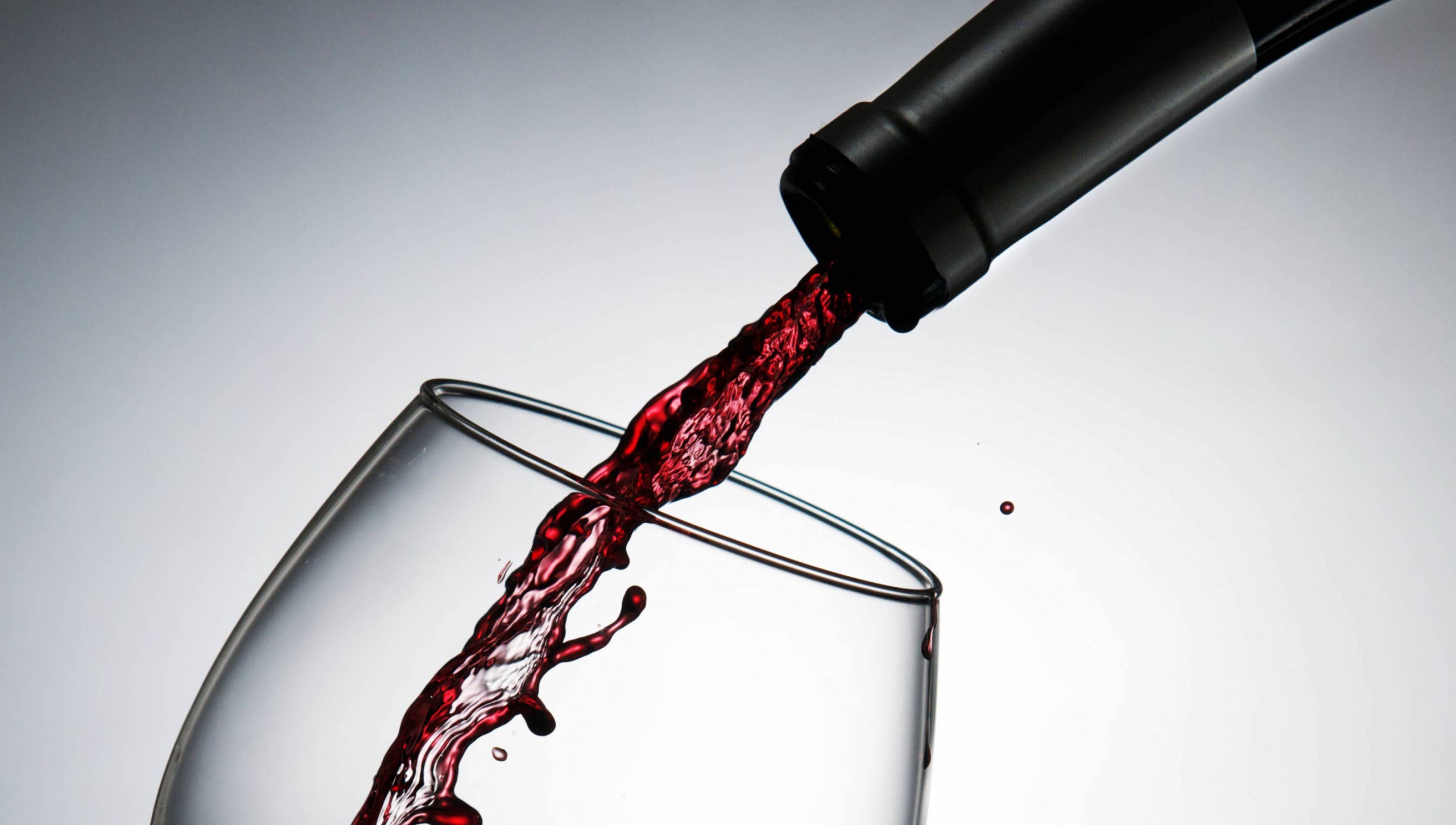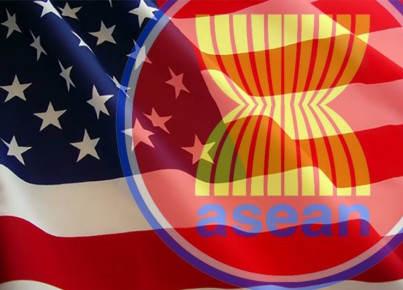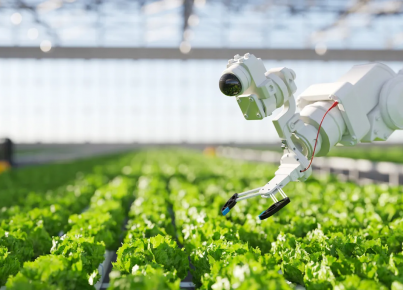Italian agri-food exports to Asia are worth millions. The EU model of geographical indication protection is spreading to ASEAN countries.
Prosecco, parmigiano reggiano, pecorino romano. Italian agri-food products are a national treasure. Food and drink exports were worth almost €38 billion in 2019, around 8% of Italian exports. This is not just an economic matter, though. Food is a serious topic for Italians, and we may get upset when we see it poorly cooked or even 'usurped' by foreign companies abroad. Italian sensitivity about food surprises people of other countries - and amuses them: Italians mad at food is a popular thread of memes in international social media. This double value of food, as an economic asset and a symbol of lifestyle, drives Italy to be particularly careful when it comes to the protection of its food products through the recognition of geographical indications (GIs) at the European level. The EU regulates GIs and protects them in foreign markets too, pushing dedicated chapters in its free trade agreements (FTA), as in the treaties with Singapore and Vietnam.
GIs fall into the broader category of intellectual property rights (IPR), alongside trademarks and patents. Names registered as geographical indications are protected against imitation and misuse within the European single market. Each registered name is linked to a territory, but also to a production method and specific raw materials. If a company wishes to sell its product using the name protected by a geographical indication, it must scrupulously adhere to the production rules registered at the European level. In concrete terms, GIs then become a mark on the label of many products we find on the shelves, guaranteeing the link between that product and its territory. This is the so-called sui generis legal protection: GIs provide a different level of protection in comparison with ordinary trademarks. Other jurisdictions, such as the United States, use trademarks to protect the economic interests of producers from a specific geographical area. The trademark referring to a specific geographical origin is owned by a company or an umbrella organisation, and it may be then granted by that company to other producers. To give an example, Parmigiano Reggiano is a geographical indication in the EU, while it is a registered trademark owned by the Italian Parmigiano Reggiano consortium in the USA. This difference in protection raises many implications and just as many controversies. Both instruments are compatible with the TRIPS Agreement of the World Trade Organisation.
In ASEAN countries, both types of protection are used, although most Member States have now switched to the sui generis system. Using GIs instead of trademarks makes harmonisation with the EU protection system easier too. Indeed, Brussels pushed for the inclusion of a section on GIs in its FTAs with Singapore and Vietnam, leading the partners to strengthen their domestic legislation in this area and ensuring full mutual protection of registered names. Mutual recognition of GIs is achieved by annexing a list of products to be protected to the FTA: at the time of their conclusion, the Agreement with Singapore protected 196 EU GIs, while the one with Vietnam protected 169 EU GIs and 39 Vietnamese GIs. These lists can be updated in the future, too. The European negotiators are always resolute on the GI issue, which comes up again and again in every new FTA negotiation. It is often a difficult chapter to tackle. Europe recognises a large number of indications (over 3300) which are in great demand among consumers and, therefore, imitated abroad. On the other hand, our partners often do not have a comparable number of GIs to protect. The disparity between the lists of protected products in the EU-Vietnam FTA is obvious: we immediately realise that just the number of Italian products protected by the Agreement is greater than the number of Vietnamese products – and then there are the products of all the other EU Member States. The Commission's negotiators have often to find a compromise with the partners, sometimes by making concessions on other chapters of the Agreement and by selecting a limited number of ‘strategic’ European GIs with the help of the EU national governments and the producers’ consortia. The results of EU trade policy on the subject are satisfactory and mainly benefit those Member States with widely recognised GIs (e.g., Italy, France, Spain, Greece).
Sometimes the GI issue becomes a major obstacle for negotiations: we have seen this in the TTIP negotiations (although they certainly did not fail for this reason alone) and in the ongoing negotiations with Australia and New Zealand. In addition to the differences in legal protection (sui generis vs. trademark), there are clashing commercial interests. On the contrary, the EU seems to have been particularly lucky with ASEAN, which has internalized the protection of GIs among its institutional objectives, and it is building its capacity with the help of Brussels thanks to the ARISE+ project. This process will lead to valuable products from all over South-East Asia being effectively protected in ASEAN and European markets - such as, for example, different varieties of Indonesian Arabica or Sarawak black pepper from Malaysia. We may be witnessing a new case of the so-called Brussels effect, the EU's ability as a 'regulatory superpower' to circulate its standards and impose them on other actors (private and public) of the global economy. The EU now seems to have consolidated its model of GIs protection as the most relevant at the international level, also thanks to the conclusion of an historic agreement with China, which protects its leading GIs in a key market. It is also interesting to note that the European model is not only moving in one direction: it is precisely from Asian partners that the European regulator is receiving more and more encouragement to extend the GIs regime to non-agricultural products and to expand the lists annexed to the existing FTAs. The Commission is already working on a reform of the GIs framework. In a few years, we could see Carrara marble and Murano glass receiving enhanced protection in the European market, as well as in Asia.
However, there is also resistance to the spread of the European model. For example, dairy companies from all around the world, particularly from the United States and Australia, look with irritation at the Brussels' moves in Asian markets on the GIs issue. These producers are sometimes the descendants of Italian immigrants who have brought with them and adapted traditional know-how from Italy. They believe that the GIs scheme is disguised European protectionism, a tool to hinder competition in the countries where the EU has secured an FTA. The consortia of these companies are just assertive as their European counterparts and very vocal in persuading their governments to react to the encirclement by the EU GIs system and guarantee the right to commercial use of 'common names' (parmesan, gorgonzola, chardonnay, bologna, etc.). The battle is open and is being fought with no holds barred. It is no coincidence that the US tariffs of the Trump era mainly hit EU and Italian food products that enjoy greater protection in third-country markets, or that the consortia of both sides have sometimes signed what appear to be non-belligerence agreements. The EU does not intend to back down and it will certainly seek the broadest possible protection for the GIs of both sides in the FTA it is negotiating with Indonesia.






